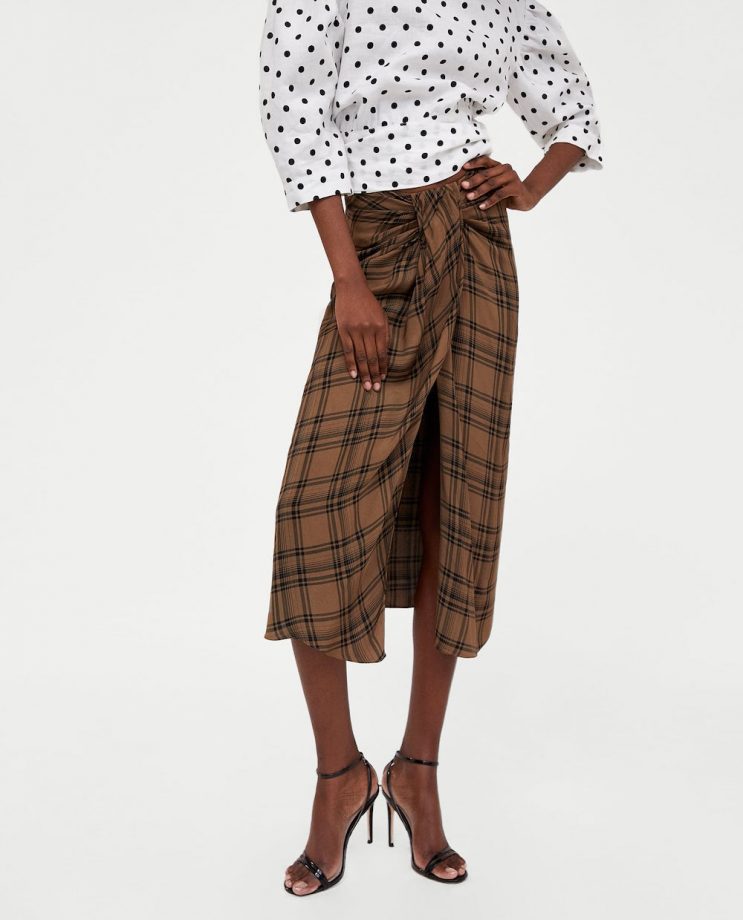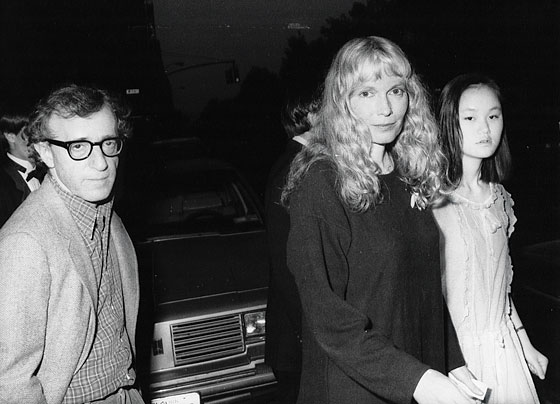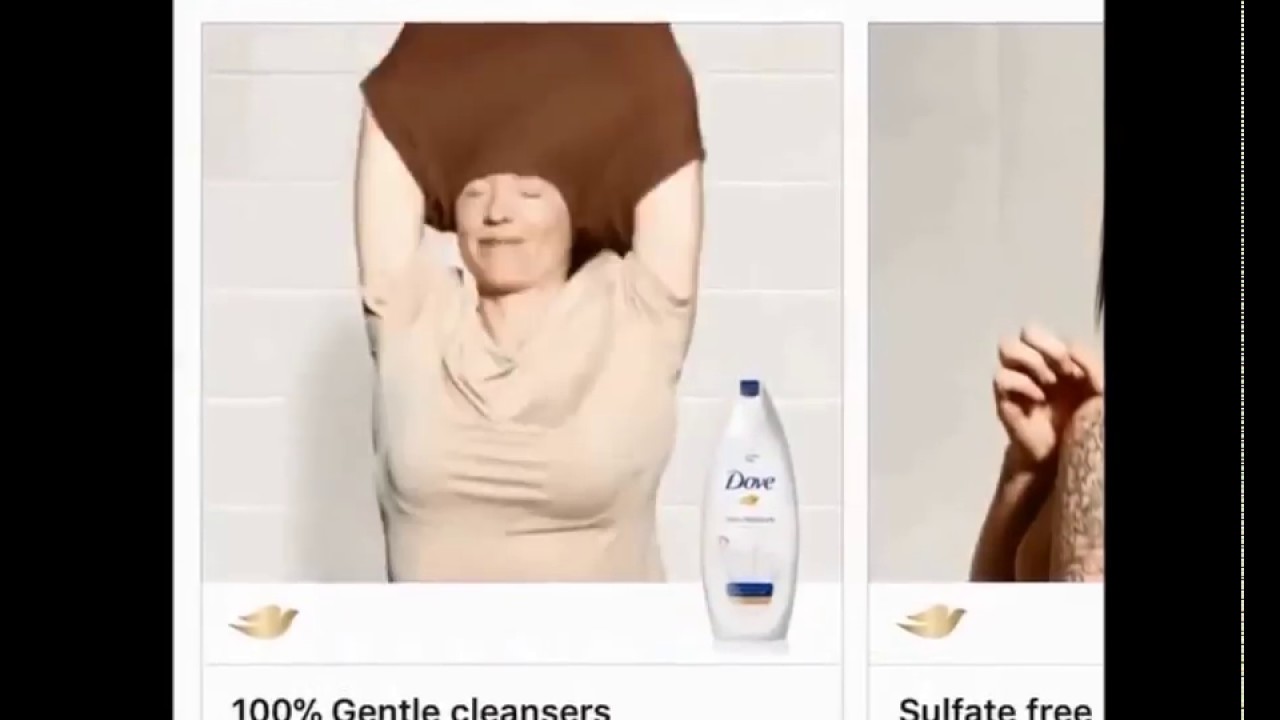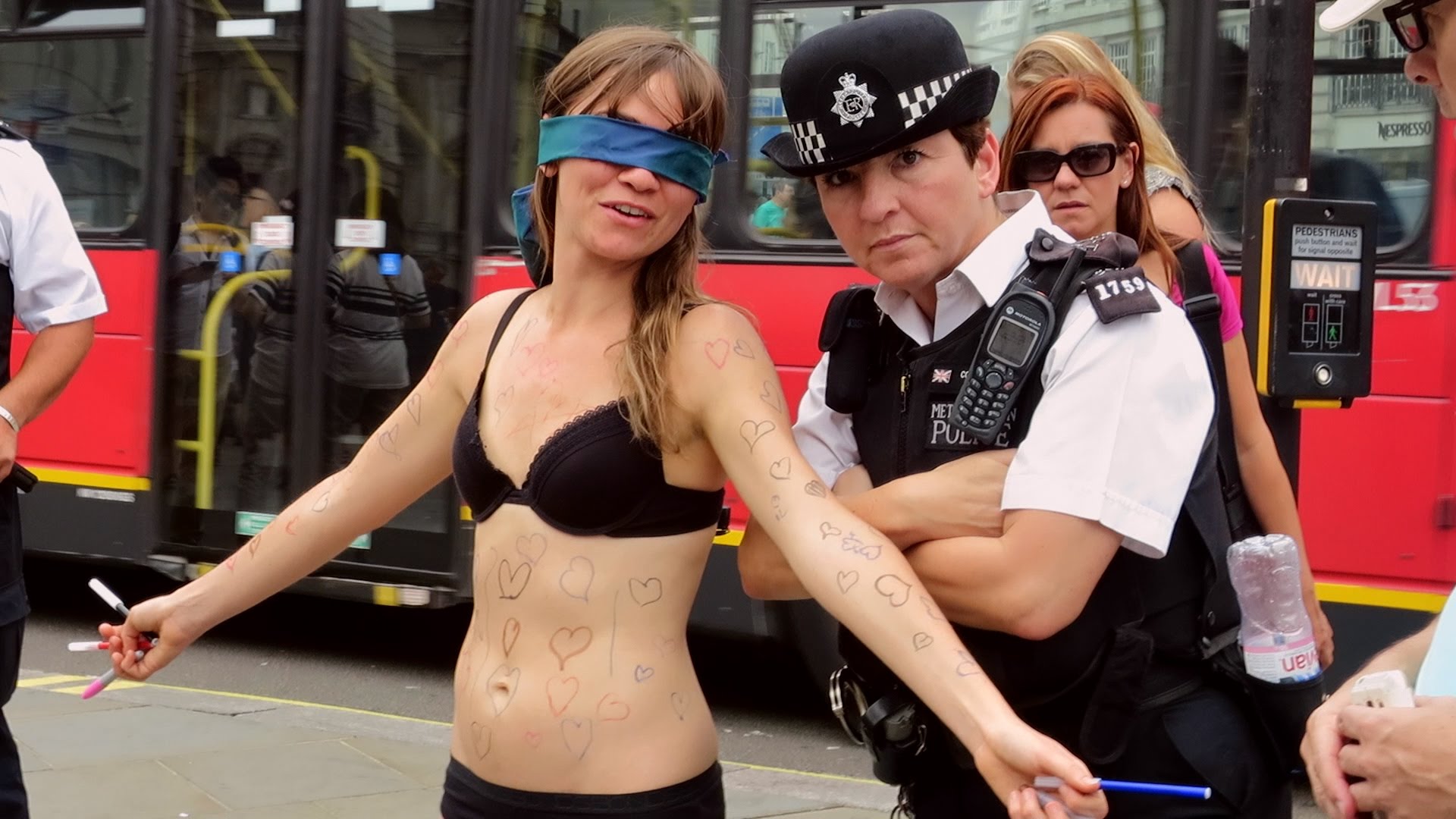
From October 29, 2015, through February 26, 2016, the Urban Justice Center in New York is holding an exhibition that tackles themes surrounding social justice, immigration, and ex-convicts. The Urban Justice Center works to assist some of the most marginalized groups in New York. Their work provides to over 19,000 residents yearly. Realizing that art is such a powerful form of activism, the UJC hopes to “re-sensitize us to overlooked or complex issues” and “move us to act,” as stated on their website. The two artists featuring their work at the exhibition are Favianna Rodriguez and Gregory Sale. Rodriguez tackles themes of social justice, equality, and migration in her activist art, and Sale works closely with ex-convicts to challenge the stigma surrounding them today. Favianna Rodriguez’s works incorporate archetypal symbols to depict a hopeful future for migration, economic equity, gender equality, and interdependence. Rodriguez’s works were inspired by many movements such as Cuba’s poster movement after the 1960s, Bay Area’s graffiti of the 1980s, and printmaking traditions from Mexico City. Along with her art pieces, Rodriguez also created prints and posters for distribution to further her activism. Her series “The Art of Disruption,” is drawn from her own experiences of growing up in America as a Latina immigrant with African and Asian heritage as well. Being an immigrant herself, some of her work incorporates themes of migration, using the monarch butterfly to symbolize migrants. By showing that migration is a way of life, she hopes to change the initial notions America holds for immigrants. Through another work featured in the exhibit, Rodriguez hopes to remind individuals that the “fight for social change should be uplifting,” as shared in an interview on Artnet news. She points out that we have spent a lot of time sharing painful narratives rather than sharing feelings of empowerment and joy. Rodriguez encompasses these ideas with a work featuring a quote from Emma Goldman: “If I can’t dance, I don’t want to be part of your revolution.” I think this piece is a very powerful work with all the recent activism we’ve seen; we are reminded that we should be optimistic in our fight for change. Gregory Sale’s part of the exhibition heavily deals with preconceived notions that we hold for ex-convicts. Sale creates art in support for those who are reentering the world after being released from incarceration. His projects focus on the challenges ex-convicts face when trying to find work or places to live. In “Rap Sheet to Resume,” Sale collaborated with fourteen ex-convicts along with UJC’s Safe Re-entry Advocate Johnny Perez and social worker Susan Goodwillie. The project explores the change from clothes worn while incarcerated to the clothes they desire to wear in the future. Part of the installment was painted on a hall in the UJC. For this piece, they chose the color green to represent their time in prison for its irony. Not only is it the color of most of the uniforms in New York, but it is also the color of money—the money the state makes off their labor. To contrast, they chose a sky blue color to represent hopefulness in their dreams for the future. Both of these colors are used to paint quotes and facts surrounding incarceration. One of the quotes painted is from one of the participants, Emmanuel Kelly. It says, “There is a change I see happening where people are starting to realize that those of us who have criminal histories can do a lot of good. I hope that people will give us a chance. Actually I see it coming, because doors are opening for us.” This quote encompasses the main purpose of this work—to challenge the stigma surrounding ex-convicts that make it so difficult for them to reenter society. Sale’s second installation, “Life is Life,” works closely with ten incarcerated criminals that are sentenced to life without parole. Those who participated shared their stories, views, regrets, and obituaries in hopes of opening up the audience’s minds to the flaws in America’s justice system. Sale shares, “They wanted people to think twice about how they were locked up and the key was thrown away.” I think the works of both Rodriguez and Sale sum up to be a powerful exhibition for the Urban Justice Center. Both works have impactful themes that support UJC’s mission to help marginalized groups and minorities. Art is one of the most powerful forms of activism as it craftily combines aesthetic and functional components. Because it allows for so many different interpretations, it is able to impact a more vast and diverse audience. Also, art provides so many more platforms to speak on issues individuals are passionate about. Rodriguez and Sale have created an exhibition that challenges those to open their minds and see past the stigmas surrounding marginalized groups today. I am glad that an exhibition like this can serve as a voice for minorities that often go unheard in our day-to-day society. For more photos and sources: https://news.artnet.com/art-world/urban-justice-center-favianna-rodriguez-and-gregory-sale-355475 http://art.urbanjustice.org/







